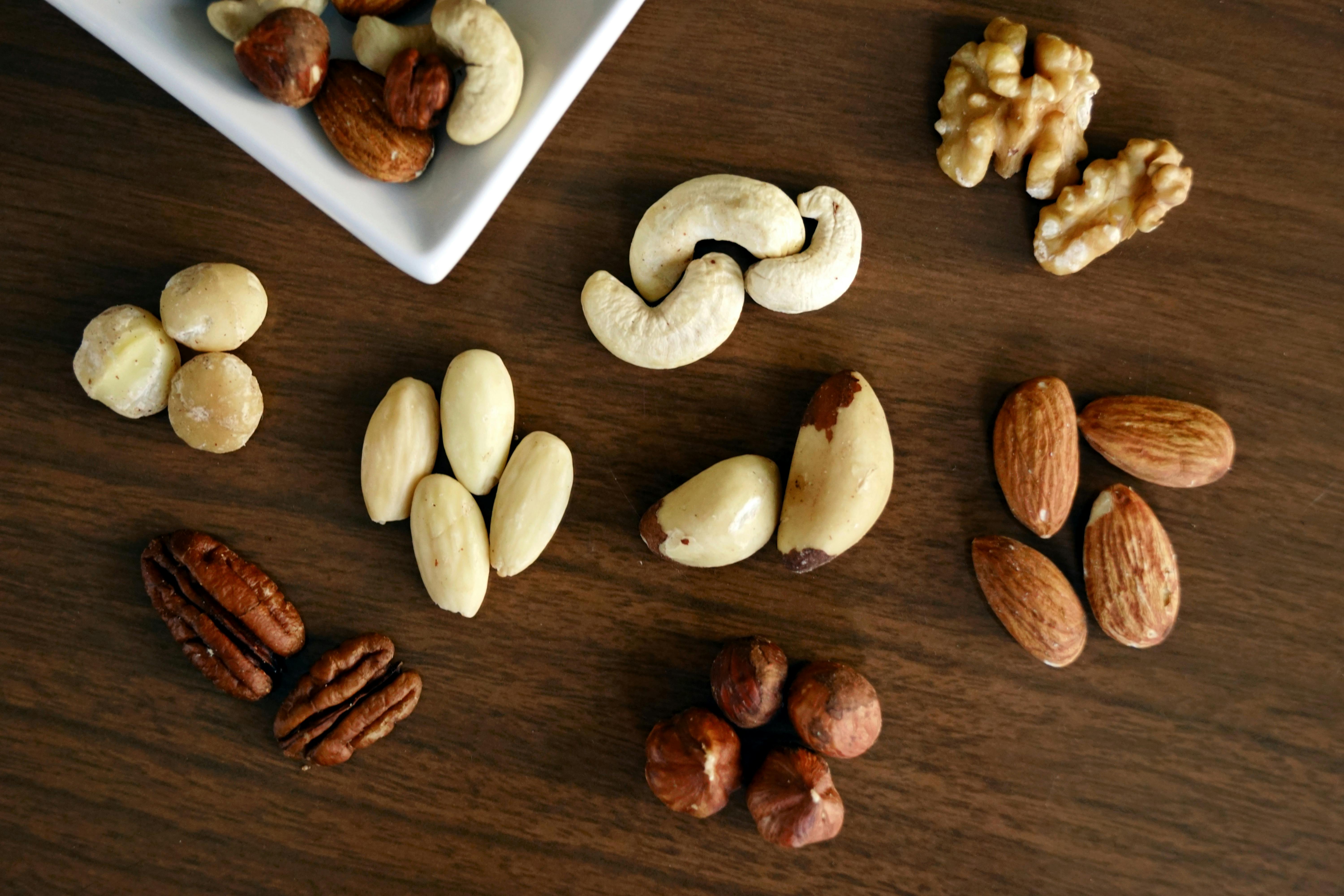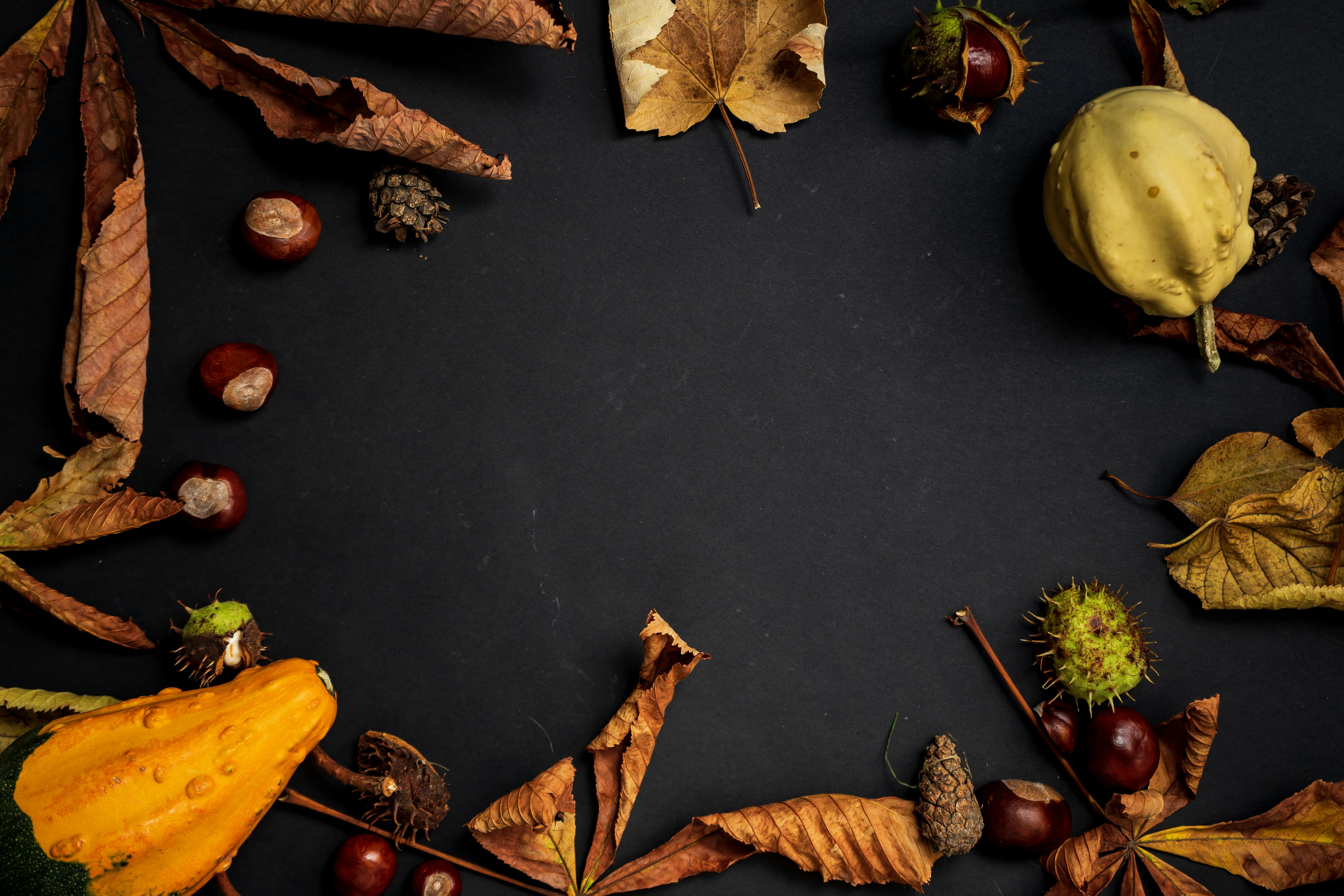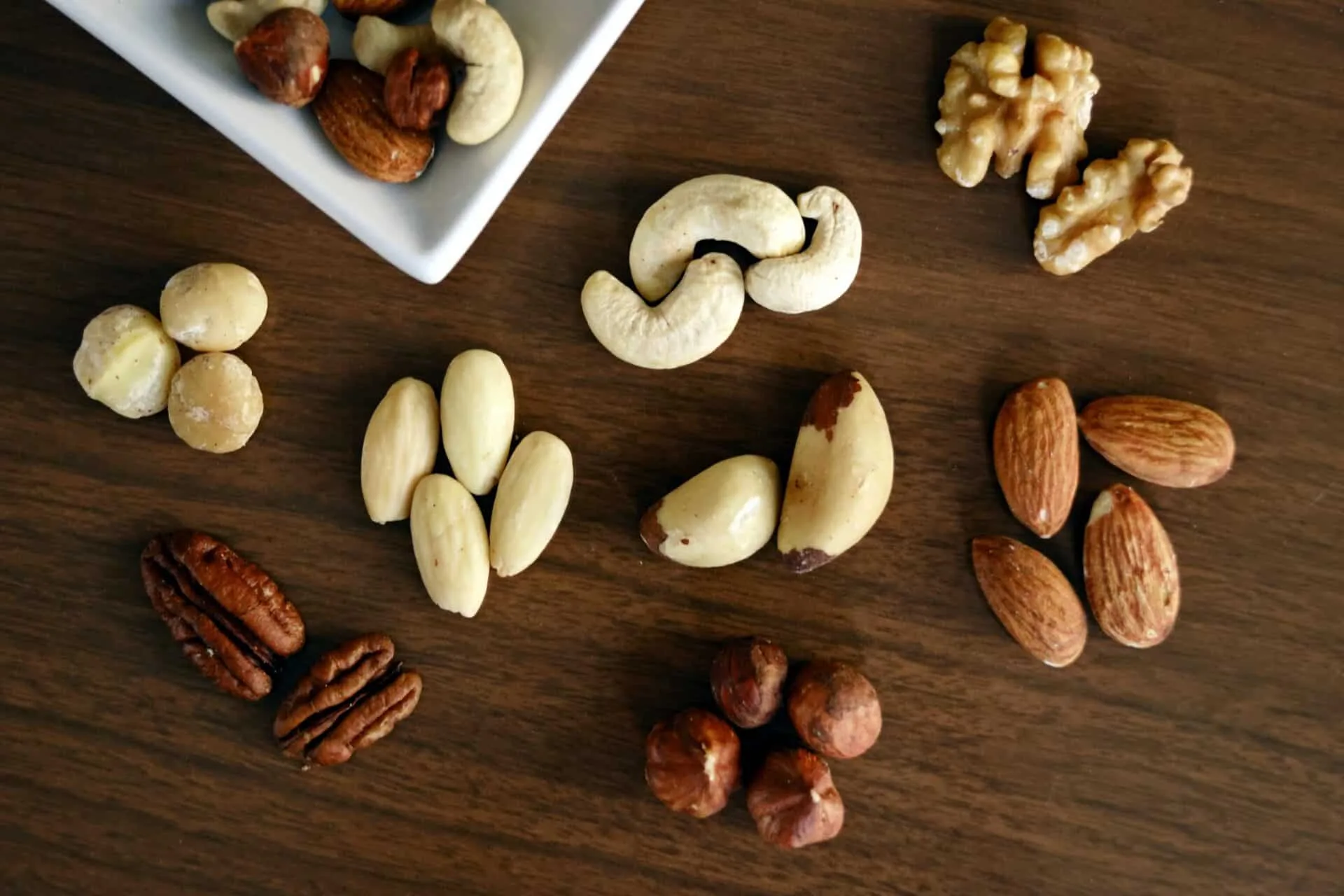Drying fruit is a great way to preserve it for longer periods of time. It can also be a great way to add extra flavor, texture, and nutrients to your favorite recipes. Unfortunately, not everyone has access to a dehydrator. But did you know that you can still dry fruit without one? With a few simple steps and some patience, you can have delicious dried fruit without the need for expensive equipment. In this guide, we will provide you with instructions on how to dry fruit without a dehydrator.To dry fruit without a dehydrator using an oven, preheat the oven to its lowest temperature setting. Place the fruit slices in a single layer on a baking sheet lined with parchment paper or a silicone baking mat. Bake for 2-4 hours, checking every 30 minutes to make sure the fruit is drying evenly and not burning. Once dried, remove from the oven and allow the fruit to cool before transferring it to an airtight container.
Drying Fruit Without a Dehydrator
Drying fruit is a great way to preserve it for extended periods of time, but you don’t need to buy an expensive dehydrator to do it. You can actually dry fruit without a dehydrator using your stove! All you need is some fruit, some baking sheets, and some time. Here’s how to get started:
First, prepare the fruit by washing it and cutting it into pieces of equal size. Then spread the pieces out on a baking sheet lined with parchment paper or aluminum foil. Put the baking sheet in the oven and set the temperature between 140-145 degrees Fahrenheit. Leave the fruit in the oven overnight, or for 8-10 hours. Check on it periodically throughout the drying process to make sure it isn’t burning.
Once the fruit is dry, remove it from the oven and let it cool completely before storing. Make sure that all of the pieces are completely dry before storing them in an airtight container in a cool, dry place. Dried fruit can be stored for up to 6 months if kept properly.
Drying fruit without a dehydrator may take longer than using an electric dehydrator, but it’s a great way to save money and still enjoy dried fruit all year round. With just your oven and some patience, you can create nutritious snacks that will last for months!
Sun-Drying
Sun-drying is a simple and traditional way of drying fruits without the use of a dehydrator. To sun-dry your fruit, start by washing and slicing the fruit into thin, uniform slices. Place the slices on a tray lined with a cloth or paper towel in direct sunlight. Let the fruit sit in the sun for several hours, turning it every few hours to ensure even drying. If it’s a hot day, you may need to cover the tray with cheesecloth to keep out any insects. Once your fruits are completely dried out, store them in an airtight container or jar to prevent them from going bad.
Oven-Drying
Oven-drying is another option for drying fruits without a dehydrator. Start by preheating your oven to its lowest setting (usually around 150°F). Line two baking sheets with parchment paper and spread out your sliced fruit onto the sheets in an even layer. Place the baking sheets in the oven and bake for 2–4 hours, checking every hour and flipping the pieces over for even drying. Once they’re done, let them cool completely before storing in an airtight container or jar for up to several months.
Air-Drying
Air-drying is one of the more traditional methods of preserving food without electricity but can take days or weeks depending on humidity levels and other environmental factors. Start by washing and preparing your fruit as if you were going to bake it–slice into thin pieces if desired. Then hang your slices on strings or clotheslines (or use wooden racks) so that air can circulate around each piece freely. Check on your fruit every few days until it’s thoroughly dry–this can take anywhere from 3–14 days depending on conditions outside.
Microwave Drying
Microwave drying is one of the quickest ways to dry fruits without using a dehydrator, though it does require more active monitoring than other methods. Start by washing and prepping your fruit as if you were going to bake it before arranging slices in single layers on microwave-safe plates lined with parchment paper or paper towels. Microwave on high heat for 1–2 minutes at a time, flipping each piece after each interval until they’re dry all the way through (this could take up to 10 minutes). Once finished, let them cool completely before storing them away so they don’t spoil.
What You Will Need To Dry Fruit Without A Dehydrator
Drying fruit is a great way to preserve them for longer periods of time. You can do this without a dehydrator, although it can be a bit more labor-intensive. To dry fruit without a dehydrator, you will need baking sheets, parchment paper, an oven, and the fruit you wish to dry.
Begin by prepping the fruit you are drying. Wash and cut the fruit into thin slices or pieces; this will help them dry faster. Place parchment paper on the baking sheets and spread out the fruit pieces in a single layer. Make sure there is enough space between each piece so that air can circulate freely and help with even drying.
Once your baking sheets are prepared with the fruit pieces, preheat your oven to its lowest setting. This will usually be somewhere between 130°F and 140°F (54°C – 60°C). Place the baking sheets in the oven with the door slightly open so that moisture can escape while drying.
Check on your fruit periodically to make sure it is not burning or sticking to the parchment paper. Depending on how thickly you have cut your pieces, it should take about 4-12 hours or longer for your fruit to be completely dried out (longer for thicker pieces). Once done, store in an air-tight container in a cool place away from direct sunlight or heat sources until ready to use!
Benefits Of Drying Fruits Without A Dehydrator
Drying fruits without a dehydrator can be a great way to preserve seasonal fruits and enjoy them year round. By drying fruits without a dehydrator, you can save money and avoid having to buy expensive equipment. Not only is it cost-effective, but it is also an easy way to enjoy healthy snacks all year round, without preservatives or additives.
No Special Equipment Needed
One of the main benefits of drying fruits without a dehydrator is that you don’t need any special equipment. You just need an oven or some other kind of heating source, such as an electric skillet or stovetop. This means that you don’t have to invest in expensive equipment and you won’t have to worry about taking up extra space in your kitchen for the dehydrator.
Preserves Nutrients
Drying fruits without a dehydrator also helps preserve their nutritional value. Since the heat is not as intense as with a dehydrator, it helps retain more of the vitamins and minerals in the fruit than if it were dried with one. This makes it an ideal way to enjoy healthy snacks year round, without having to worry about losing any of the nutrients in the process.
Easy Clean Up
Another great benefit of drying fruits without a dehydrator is that there is very little clean up involved. Since no special equipment is needed, all you have to do is wipe down whatever cooking surface you used and clean out any remaining pieces of fruit from the oven or electric skillet. This makes it much easier than having to clean out and maintain an expensive piece of machinery like a dehydrator would require.
Overall, drying fruits without a dehydrator can be an easy and cost-effective way to enjoy healthy snacks year round. It also helps preserve more nutrients and requires little clean up afterwards, making it much easier than investing in an expensive piece of equipment like a dehydrator would require.

Drying Fruits Without a Dehydrator
Drying fruits is a great way to preserve them for later use and can be done without the need of a dehydrator. Some of the most common fruits that can be dried without a dehydrator are apples, apricots, bananas, cherries, grapes, mangoes, peaches, pears, pineapples and strawberries.
When drying fruits without a dehydrator it is important to choose ripe fruit to ensure the best flavor and texture. If the fruit is not ripe it will not dry properly and could result in potential food spoilage. To dry the fruit without a dehydrator you will need to cut them into thin slices or chunks and place them on baking sheets lined with parchment paper. Place the baking sheet in an oven set at its lowest setting for 5-7 hours or until the fruit is completely dried out.
You can also make use of natural sources of heat such as the sun to dry your fruits. To do this lay your fruit slices in an even layer on trays or in shallow baskets and place them outside in direct sunlight for several days until they are completely dried out. Be sure to flip them over occasionally throughout the day so that each side is exposed to direct sunlight.
Once your fruits are completely dried out you can store them in airtight containers away from humidity or moisture for up to one year. Dried fruits are great as snacks or added into recipes such as cereal bars, oatmeal cookies or granola mixes for an extra burst of flavor!
How Long Does It Take To Dry Fruits Without A Dehydrator?
Drying fruits without a dehydrator can be done at home with simple kitchen ingredients. The process usually takes between three to five days, depending on the type of fruit and the climate of the area.
Fruits can be dried either in the sun or in a warm oven. Sun drying is an inexpensive and natural way to preserve fruit, as it does not require any additional energy. To sun dry fruit, simply spread out slices on a baking sheet or tray, ensuring that they are not touching each other. Place the tray in an area with plenty of sunshine and turn over every few hours. Sun drying typically takes three to five days for most fruits, such as apples, oranges, pears, peaches, and apricots.
Oven drying is also an effective way to dry fruits without a dehydrator. Preheat an oven to 140°F (60°C) and arrange thinly-sliced fruits on baking sheets lined with parchment paper or silicone mats. Bake for 1-3 hours until the slices are leathery but still pliable. Check frequently and turn over if needed. Oven drying will take slightly less time than sun drying but requires more energy; however, it is ideal for regions with limited access to sunlight or during cooler months when there may be less daylight available for sun drying.
When using either method of drying without a dehydrator, be sure to store dried fruit in airtight containers away from direct sunlight to maintain its freshness and prevent mold growth. With proper storage techniques, dried fruit can last up to one year when stored at room temperature or up to two years if stored in a refrigerator or freezer.
Storing Dried Fruits Without a Dehydrator
Drying fruits is a great way to store them for future use. However, owning a dehydrator isn’t always an option. Thankfully, there are other ways to dry fruits without one.
The simplest way to dry fruits without a dehydrator is by using the sun. Place washed and sliced fruits onto cookie sheets or drying trays and place them outside in direct sunlight for several hours. The sun will draw out the moisture from the fruit, leaving it chewy and dried. Once dried, store the fruit in an airtight container or plastic bag in a cool and dry place away from direct sunlight.
Another option is to use your oven. Preheat it to its lowest temperature setting (usually around 200 degrees Fahrenheit) and place sliced fruits onto baking sheets lined with parchment paper or silicone baking mats. Bake for several hours until the fruit is completely dried before storing in an airtight container or plastic bag in a cool and dry place away from direct sunlight.
Lastly, you can also use your microwave to dry fruits without a dehydrator. Place washed and sliced fruits onto microwave-safe plates lined with paper towels and put them into the microwave on high for around 4 minutes at first before checking it every 30 seconds until they are completely dried out. Once done, store the dried fruits in an airtight container or plastic bag in a cool and dry place away from direct sunlight.
Using these methods, you can easily store dried fruits without having to purchase a dehydrator!

Conclusion
Drying fruit without a dehydrator is a great way to save money and preserve the natural flavor of the fruit. It is also an easy way to store fruits for long periods of time with minimal effort. Additionally, drying fruits without a dehydrator is a great way to reduce waste since you can use up fruit that you may have otherwise thrown away. While it does require more time than using a dehydrator, it is still relatively fast and simple compared to other preservation methods. Overall, drying fruit without a dehydrator can be an excellent way to make sure you can enjoy the sweet taste of fresh fruits all year round.
Drying fruit without a dehydrator can be a great alternative for those who don’t have access to one or don’t want to invest in one. With the right technique and materials, anyone can successfully dry their own fruits without having to buy an expensive appliance. Whether you want to save money on grocery bills or just preserve the natural flavor of your favorite fruits, drying them without a dehydrator is an easy and cost-effective option.



